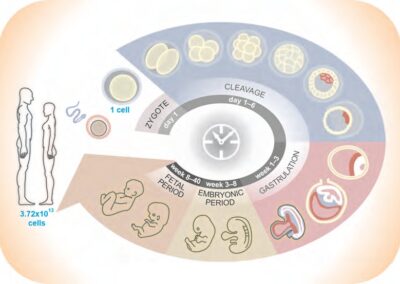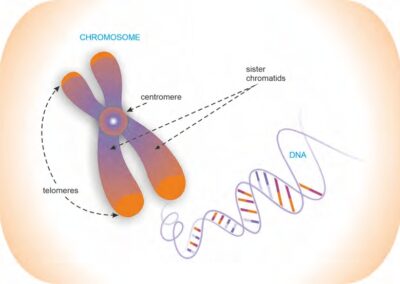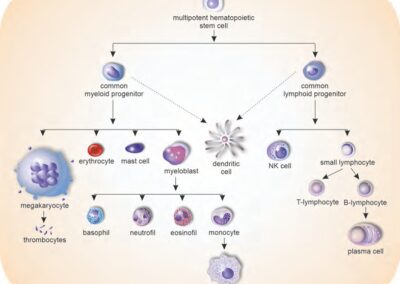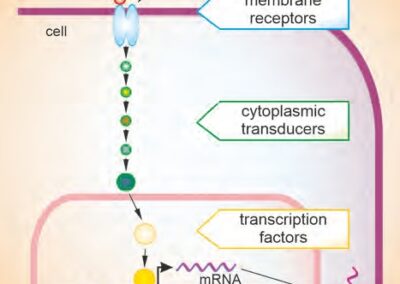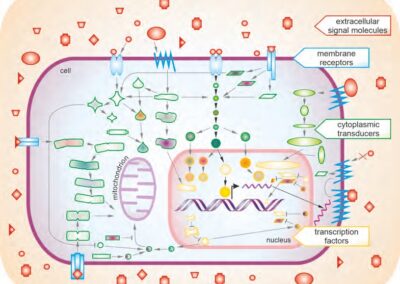We rarely realize it, but the body of each of us is a wonderful creation of nature. It consists of a complex community of cells that number more than ten thousand times the number of people living on this planet. They have a lot in common: the basic structural components, the genetic information, the way they use it — and yet they differ in so many ways that they can form at least 200 different types. And this incredibly complex but well-organized cellular system can function harmoniously, with the cells and tissues sharing the work and functioning in a coordinated and meaningful way, without competition and for the benefit of each individual cell and the body as a whole. How does a multicellular organism achieve this? Does it have a central command center that tells it what to do, when and where in the body? Read Chapter 1 and you will learn that there is no such coordinating center and that the incredible perfection can be achieved „from below“, through simple but consistent and continuous interactions and intensive communication between cells. Each individual cell functions autonomously and bears full responsibility for its harmonious integration into the functioning of the whole body, the monitoring of its environment, for its own condition and a correspondingly small part of the responsibility for the condition and fate of the whole organism.
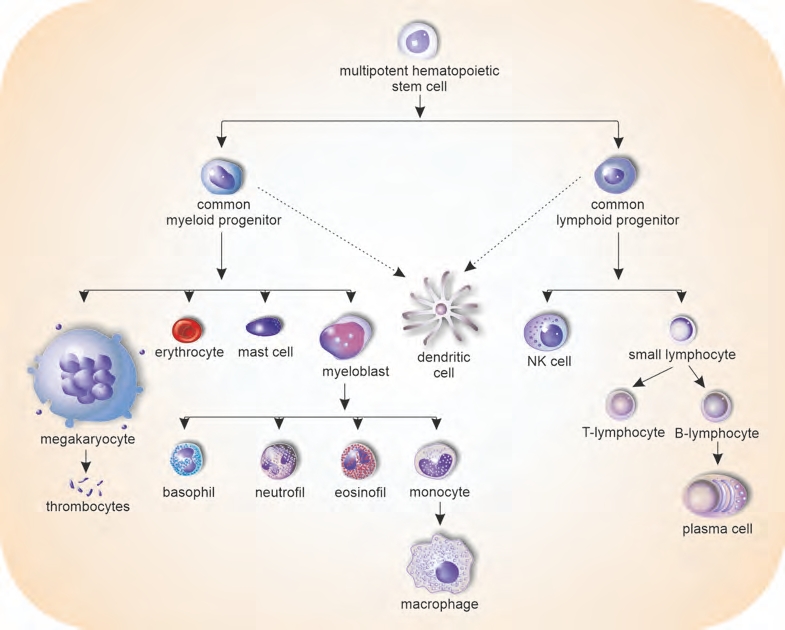
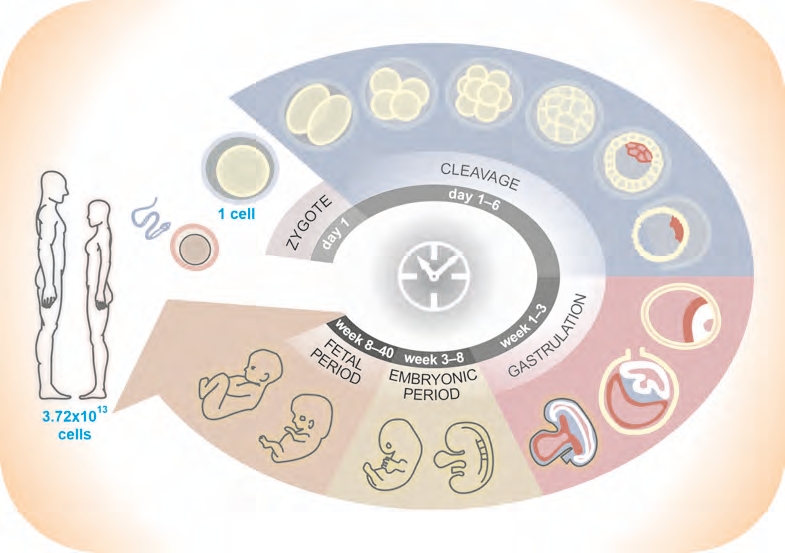
Like any system, a multicellular organism is made up of parts – in this case, cells that interact with each other, exchanging information, molecules, energy, and so on. The relationships between the cells are an essential and decisive parameter for the quality of this system. Different systems have much in common, and general systems theory attempts to clarify their common principles. Understanding the commonalities of different systems is very useful because what one scientific discipline can uncover with its methods and technologies may be largely the same for another system for which appropriate experimental tools are not available. Although simplistic and superficial analogies must be avoided when transferring knowledge from one system to another, especially considering the different complexities of the systems, they can be a useful guide in many ways.
Enter the world of biology and, like the author, be enchanted by the world of a perfectly functioning system of cells in a healthy body, where the rules of cooperation, affiliation and even self-sacrifice are respected for the good of the whole. And consider the drastic consequences of violating these rules of cooperation that tumor cells typically exhibit for a multicellular organism. The originality of this book, however, lies above all in the fact that the author finds analogies to the „tumor“ behavior of a human being for every sign of tumor cells. And using the systems theory, it is not difficult to imagine how destructive such „tumor“ behavior of individuals can be for human society. Let us clarify the rules for the success of a healthy organism and let them inspire us for the success of our common project – the coexistence of people in human society.

